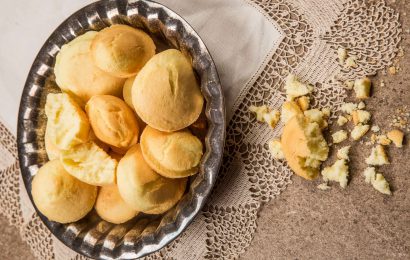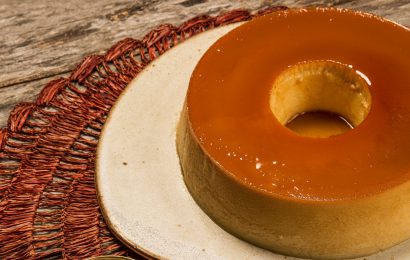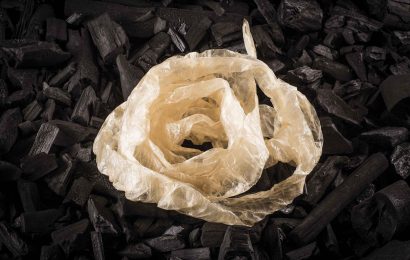
Makes: Serves 6

Preparation Time: 2 hours

Level: Medium
INGREDIENTS
- 500 G OF FLAGEOLET BEANS
- 2 BAY LEAVES
- 6 LARGE SHRIMPS (WITH THEIR SHELLS AND HEADS)
- 6 SQUIDS, CUT INTO RINGS
- 2 GROUPS FILLETS, CUT INTO CUBES
- 12 SHELLFISHES
- 3 OCTOPUS TENTACLES, COOKED AND CHOPPED
- 3 TABLESPOONS OF OLIVE OIL
- 1 TABLESPOON OF ANNATTO
- ½ TEACUP OF SMOKED BACON, CHOPPED
- 1 ONION, DICED
- 2 GARLIC CLOVES, MINCED
- 3 PEELED AND DESEEDED TOMATOES, CHOPPED
- 2 TEACUPS OF FISH STOCK (MADE WITH THE SCRAPS
AND HEAD OF THE FISH) - ½ BUNCH OF CORIANDER, CHOPPED
- SALT AND BLACK PEPPER TO TASTE
PREPARATION
Cook the flageolet beans with the bay leaves until soft; turn off the heat and set the liquid aside. Season all the seafoods with salt and black pepper. Heat up the olive oil with annatto and fry the seafoods individually, in this order: shrimp, squid, fish, shellfish, and octopus. Remove from heat and set aside. In the same pot, braise the bacon, onion, garlic, and tomato. Return the seafoods; add the beans, a bit of the cooking liquid, and the fish stock. Cook for 10 minutes, but do not allow the fish to fall apart. Adjust seasoning, sprinkle in the chopped coriander, and serve with white rice (p. 336).
IN DETAIL: The abundance of fish and seafoods in Brazil’s coast brought on the development of this particular type of feijoada. The recipe shares some similarities with the French cassoulet, which also uses flageolet beans.



